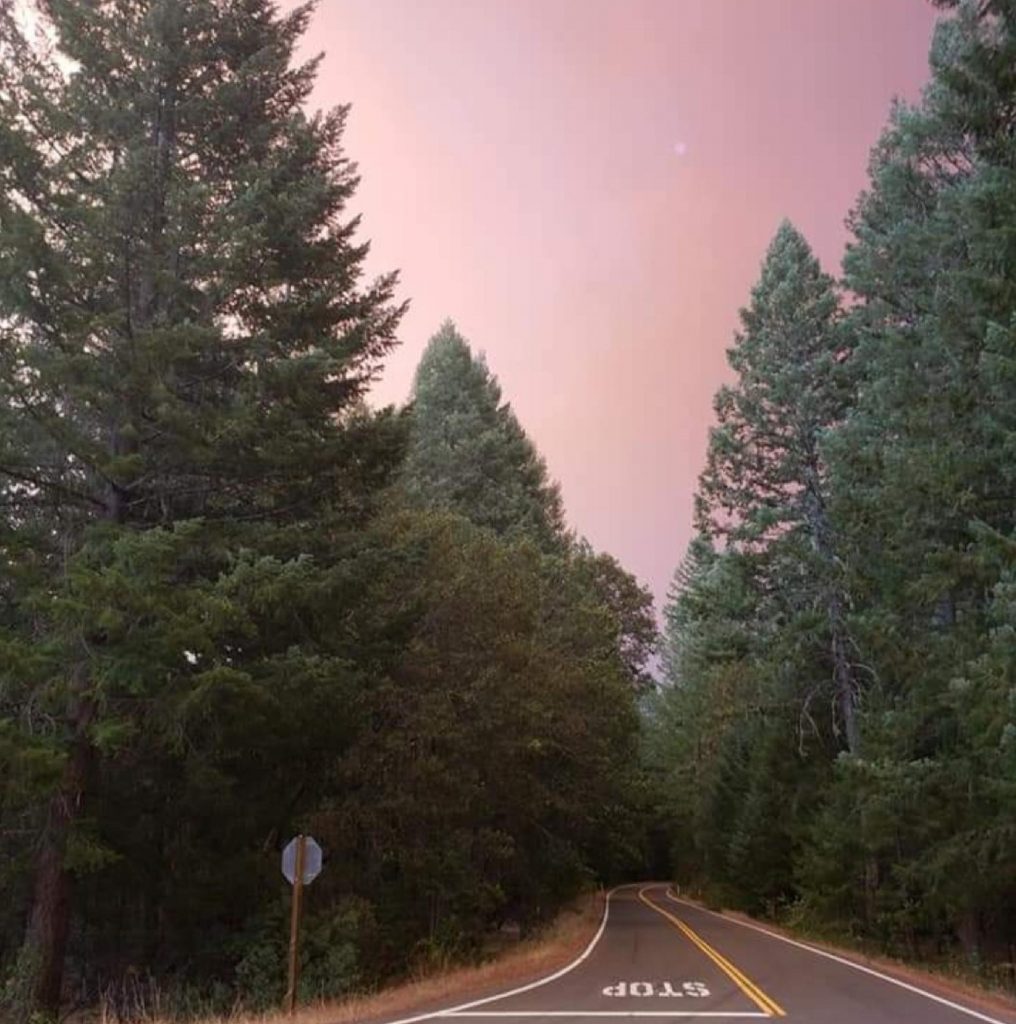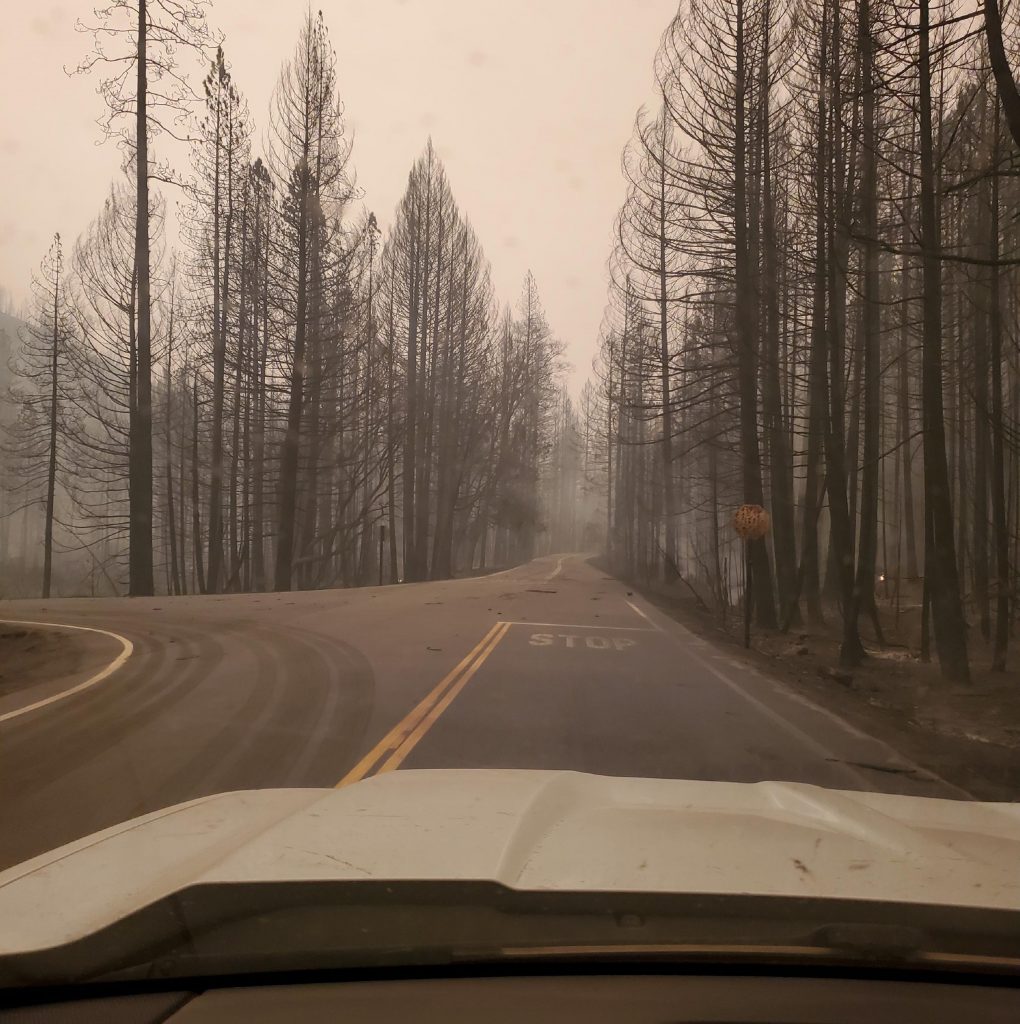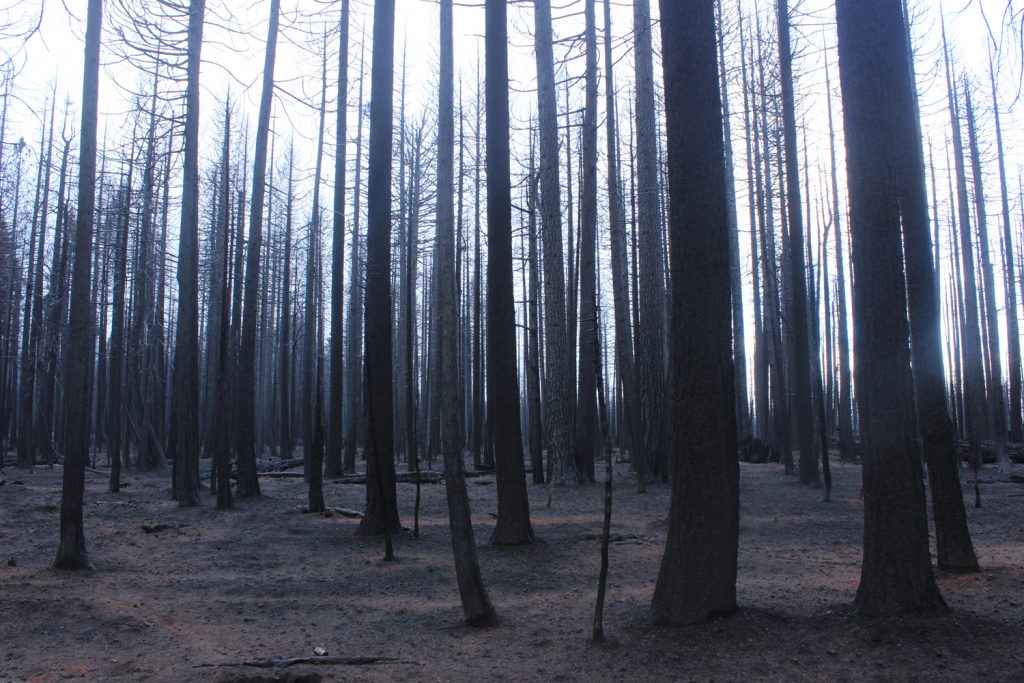Perspectives From a Frontline Fighter Against Wildfire Devastation
Catastrophic wildfires have become a pressing concern across the U.S., deeply impacting our environment including wildlife habitats, community safety, watershed health and more. The aftermath of these high-intensity wildfires often results in significant ecological damage to large areas of the forest, leaving behind burn scars that will last for generations.
Individuals at the forefront of battling these catastrophic fires witness firsthand the devastation they leave in their wake, as well as the prolonged recovery process for affected landscapes. Benjamin Modlin, a seasoned USDA Forest Service Supervisory Engine Operator with over a decade of firefighting experience in California, has encountered nearly a hundred fires during his tenure. Facing fires such as the Klamathon Fire, King Fire and the August Complex—the largest fire in California’s history, Modlin has witnessed the profound effects of these large, high-intensity blazes.
“It's total destruction, black burnt tree trunks are all that’s left,” Modlin said. “We call it moonscape. If you look at surface pictures of the moon, you see nothing but grey dirt. When we see a fire burn so intensely, it leaves no living vegetation it just looks like the surface of the moon.”


The impact of these fires lasts for years, inflicting extreme devastation on wildlife populations. With their habitats destroyed, many species of wildlife are left without crucial resources such as shelter, food and access to water.
"The ashes from the fires infiltrate watersheds, leading to heightened acidity levels that adversely impact aquatic life and other wildlife reliant on these water sources for survival," said Krista Modlin, NWTF district biologist in California, Nevada, Oregon and Washington and wife of Benjamin. "The depleted canopy above major rivers, leads to rising water temperatures, further impacting aquatic species."
Additionally, the fires directly result in the mortality of numerous wildlife species, exacerbating the ecological toll of these catastrophic events.
“We saw birds flying over the fires that died and fell down to the ground, because the heat from the fires was so hot, along with finding bear, deer and other animals who couldn’t get out because the fire was moving so fast,” Benjamin Modlin said.
The detrimental effects on wildlife following such catastrophic fires inevitably spill over into hunting and other outdoor recreational activities. Benjamin Modlin's firsthand experiences underscore how these fires disrupt hunting practices and raise ethical concerns surrounding harvesting wildlife in fire-affected areas.
“Many animals were displaced,” Benjamin Modlin said. “Hunting was difficult and many people stopped hunting to help the population come back.”
Communities also bear the brunt of these disasters, grappling with compromised watersheds, increased risks of mudslides due to vegetation loss, deteriorating air quality, and adverse effects on agriculture and a host of other challenges.
“These mega-fires that we see do total destruction to communities, they wipe out a lot of homes and a lot of people lost everything,” Benjamin Modlin said. “A lot of livestock are affected, the ones that survive have health issues and issues producing young after these mega-fires.”
Recovering from these fires is a lengthy process, and while firefighting efforts are crucial, they frequently exact a significant toll in terms of human lives, safety, finances and environmental damage. Recognizing the critical importance of addressing catastrophic wildfires, the NWTF is actively engaged in numerous forest service stewardship projects. These initiatives are designed to restore and improve wildlife habitats, foster the development of fire-resilient forests, promote the health of watersheds and ensure the protection of communities and recreational areas.
Among the fires Benjamin Modlin encountered was the 2014 King Fire, burning approximately 64,000 acres of the Eldorado National Forest. In 2017, the NWTF and the Forest Service joined forces on the Cleveland Icehouse project. This collaborative effort focused on thinning 211 acres, along with hand thinning across 63 acres to reduce fuel loads and enhance habitat quality in the fire-affected zone. Subsequent thinning, fuel reduction and mastication activities have been undertaken as part of the Twofer and Threefer projects in the Cleveland Icehouse region. To date, these endeavors have resulted in approximately 2,000 acres of habitat improvement for Merriam’s and Rio Grande subspecies of turkey, along with deer, elk and grouse.

The NWTF has approximately 40 active stewardship agreements similar to these projects nationwide. With overarching objectives to enhance wildlife habitat and mitigate the risk of high-severity wildfires, the NWTF is securing healthy habitats for future generations to enjoy. To learn more about the impact of NWTF's efforts on wild turkey habitat throughout the country, visit the website, here.
